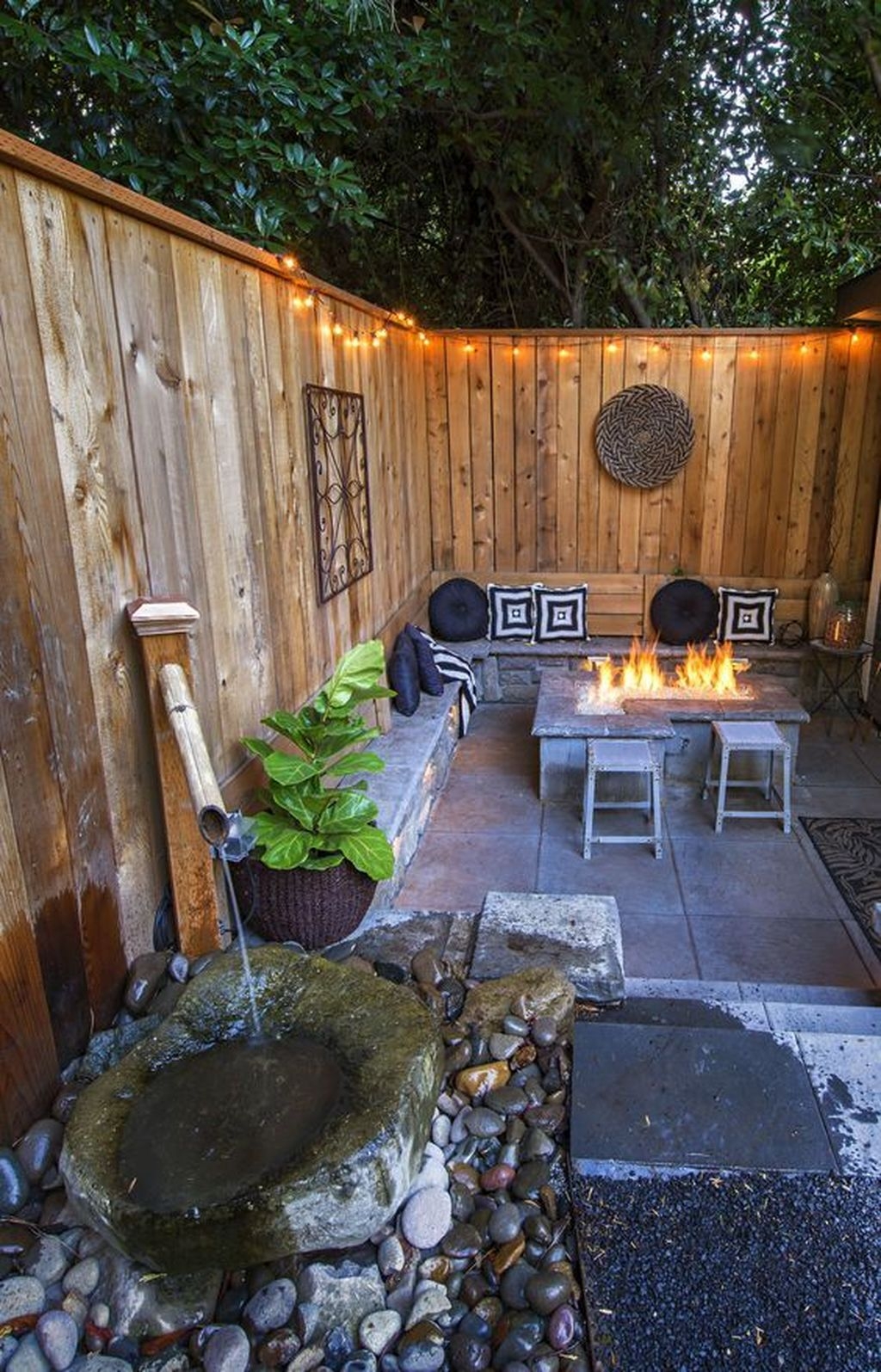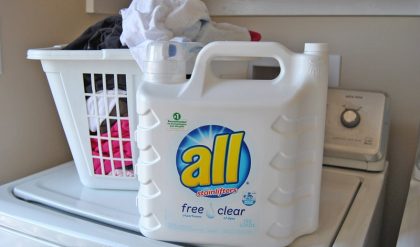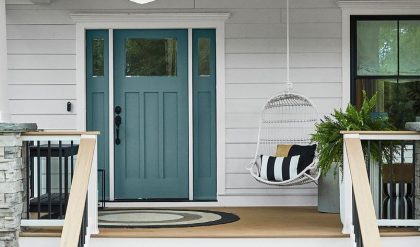
Landscaping on a Budget: DIY Projects for a Stunning Yard
Transforming your yard from drab to fab doesn’t require a hefty bank loan. With a little creativity, elbow grease, and a strategic approach, you can achieve a stunning landscape without breaking the bank. This guide delves into practical, budget-friendly DIY projects that will elevate your outdoor space, proving that a beautiful yard is within everyone’s reach.
I. Planning Your Budget-Friendly Oasis:
Before diving into the dirt, meticulous planning is key. Start by defining your vision. What kind of atmosphere are you aiming for? Rustic charm? Modern minimalism? A vibrant explosion of color? Sketching your ideas helps visualize the final product and prevents costly mistakes.
Next, assess your existing landscape. What needs to be removed? What can be repurposed? Identifying these aspects will significantly impact your budget. Create a detailed list of materials needed, factoring in potential price fluctuations and unforeseen expenses. Don’t forget to allocate funds for tools you might need to rent or purchase.
II. DIY Projects for Every Skill Level:
A. The Beginner’s Garden:
- Pallet Planters: Repurpose old pallets into charming vertical gardens. A coat of paint or stain adds personality, and the raised beds are perfect for herbs, flowers, or even small vegetables. Cost: Minimal (free pallets, paint optional).
- Rock Garden Magic: Transform an unkempt area into a beautiful rock garden. Gather free rocks from your property or a nearby area (check local regulations). Intersperse them with drought-tolerant plants for low-maintenance appeal. Cost: Minimal (free rocks, plants inexpensive).
- Seed Starting Success: Start seeds indoors weeks before the last frost. This saves money compared to buying established plants and allows for more selection. Cost: Low (seeds, potting mix).
B. Intermediate Landscaping Adventures:
- DIY Stepping Stones: Create unique pathways using concrete, stepping stones or even recycled materials like pavers. Add personality with mosaic tiles, embedded glass, or painted designs. Cost: Moderate (materials vary).
- Creative Mulching: Enhance curb appeal and suppress weeds with readily available mulches like wood chips (often free or very inexpensive from local tree services) or shredded leaves (free!). Cost: Low to Moderate.
- Upcycled Planters: Repurpose old containers – buckets, tires, or even boots – into stylish planters. A fresh coat of paint transforms them into unique focal points. Cost: Low (repurposed materials, paint).
C. Advanced Landscaping Challenges (with budget-friendly twists):
- DIY Retaining Wall: Create a low retaining wall using readily available materials like stacked stones, reclaimed bricks, or even repurposed logs. This can dramatically reshape a sloped area. Cost: Moderate to High (materials vary significantly).
- Building a Pergola: A pergola adds architectural interest and shade. Opt for readily available and affordable lumber, and consider DIY techniques to reduce labor costs. Cost: Moderate to High (lumber, hardware).
- Water Feature Wonders: A small, self-contained water feature, like a simple birdbath or a small pondless waterfall, can add a touch of serenity without the high cost of a professional installation. Cost: Moderate (materials vary).
| Project | Skill Level | Cost | Time Commitment |
|---|---|---|---|
| Pallet Planters | Beginner | Low | 1-2 hours |
| Rock Garden | Beginner | Low | 2-4 hours |
| Seed Starting | Beginner | Low | Ongoing |
| DIY Stepping Stones | Intermediate | Moderate | 4-6 hours |
| Creative Mulching | Intermediate | Low | 2-4 hours |
| Upcycled Planters | Intermediate | Low | 1-2 hours |
| DIY Retaining Wall | Advanced | Moderate-High | 1-2 days |
| Building a Pergola | Advanced | Moderate-High | 2-3 days |
| Water Feature (small) | Advanced | Moderate | 1-2 days |
III. Maintaining Your Budget-Friendly Landscape:
Regular maintenance is crucial for a thriving and cost-effective landscape. Watering efficiently, weeding diligently, and pruning strategically will minimize the need for costly repairs and replacements. Composting your yard waste reduces waste and creates free fertilizer.
IV. Conclusion:
Creating a stunning landscape on a budget is achievable with planning, creativity, and a little sweat equity. By embracing DIY projects and resourceful solutions, you can transform your outdoor space into a beautiful and personalized haven – all without emptying your wallet. Remember, the most rewarding aspects often come from the journey of creation itself.

Additional Information
Landscaping on a Budget: A Deeper Dive into DIY Projects for a Stunning Yard
While the initial concept of DIY landscaping for budget-conscious homeowners is appealing, a successful project necessitates a more nuanced approach than simply choosing cheap materials. This analysis delves deeper into the practical considerations, potential pitfalls, and strategic planning required to achieve a stunning yard without overspending.
I. Material Selection: Beyond the Price Tag:
Focusing solely on the lowest price per unit can be detrimental in the long run. Cheap materials often lack durability, requiring more frequent replacements and negating any initial cost savings. For example, opting for the cheapest mulch might lead to faster decomposition, needing replenishment within a year, whereas a higher-quality mulch, while initially more expensive, could last two to three years, reducing the overall cost over time.
Analysis: A cost-benefit analysis should be conducted for each material. Factor in lifespan, maintenance requirements (e.g., weed suppression for different mulches), and aesthetic longevity. A spreadsheet comparing the total cost over, say, five years, offers a clearer picture than comparing immediate purchase prices alone.
II. Project Scope and Prioritization:
Ambitious projects can quickly spiral out of budget. A strategic approach involves prioritizing projects based on impact and feasibility. Instead of tackling a complete backyard overhaul, focus on high-impact, relatively simple projects first.
Example: Instead of a full patio installation, start with a small, well-defined seating area using readily available materials like reclaimed wood pallets or repurposed stones. This creates an immediate visual improvement with minimal investment. Later, expand the patio incrementally as budget allows.
III. Skill Assessment and Tool Acquisition:
DIY projects require honest self-assessment of skill levels. Underestimating the difficulty can lead to costly mistakes (e.g., improper grading leading to drainage problems) or the need to hire professionals to rectify errors, negating cost savings.
Analysis: A detailed project breakdown should be undertaken, identifying each step and associated skills. Tools can be rented for one-off projects, avoiding unnecessary purchases. Online tutorials and community workshops can provide valuable skill development at minimal cost. Overestimating one’s skillset is statistically more common among novice DIYers than underestimating it; careful planning is vital.
IV. Sustainable Practices for Long-Term Savings:
Incorporating sustainable landscaping practices reduces ongoing maintenance costs. For example, choosing drought-tolerant native plants reduces the need for frequent watering, saving on water bills and reducing reliance on chemical fertilizers and pesticides.
Case Study: Studies by the Environmental Protection Agency (EPA) show that significant water savings can be achieved through xeriscaping (drought-tolerant landscaping) techniques, reducing water bills by 30-60% depending on climate and plant selection. This long-term cost reduction offsets the initial investment in native plants.
V. Leveraging Resources and Community Support:
Many communities offer resources to aid budget-conscious landscaping. Local nurseries often have plant sales, and some offer workshops on sustainable gardening practices. Freecycle and community forums can be valuable sources for reclaimed materials.
Conclusion:
Successful budget landscaping requires a detailed plan, honest self-assessment, and a focus on long-term cost-effectiveness rather than just the initial price. Prioritizing projects, carefully selecting materials, and utilizing available resources are crucial elements in creating a stunning and sustainable yard without breaking the bank. By adopting a strategic and analytical approach, homeowners can significantly enhance their outdoor spaces while remaining within their budgetary constraints.






